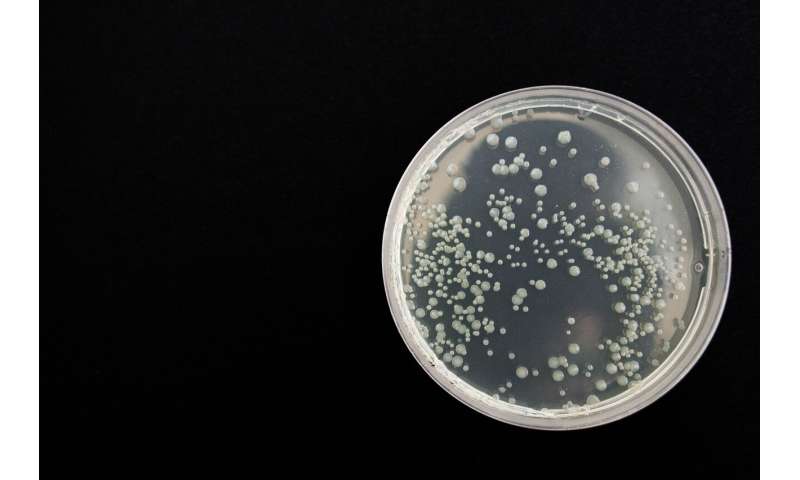
Researchers have charted the activity of tens of thousands of genes in mouse immune cells over the course of an infection. The study from the University of Melbourne, Australia, the Wellcome Sanger Institute, and their collaborators created the first full dynamic map of how cells learn to fight microbes and then preserve a memory of this for future infections.
The findings, published in the journal Nature Immunology, could help scientists develop new vaccines and therapeutics for a range of diseases by guiding their research into a particular set of immune cells, known as CD4+ T cells, that are essential for generating immunity.
The international research team studied the CD4+ T cells during an experimental infection of mice with malaria-causing parasites, which invade and multiply inside red blood cells. With the aid of machine learning techniques, the research team combined the gene activity data over four weeks of infection to generate a comprehensive map of the developmental journeys taken by CD4+ T cells.
Dr. Ashraful Haque, co-lead author from the University of Melbourne’s Doherty Institute, said: “We traced thousands of individual genes to generate a map from initial infection to periods when cells firstly ‘decide’ between various immune roles for fighting the infection, and secondly preserve memories of that encounter. Our map revealed several novel genes that were active—in particular, in a type of CD4+ T cells called T follicular helper cells. These are essential for making antibodies that protect against malaria but have not yet been well studied.”
The scientists have shared their data through a freely available digital resource. This map allows immunology researchers worldwide to track the response of individual genes after infection.
Source: Read Full Article
